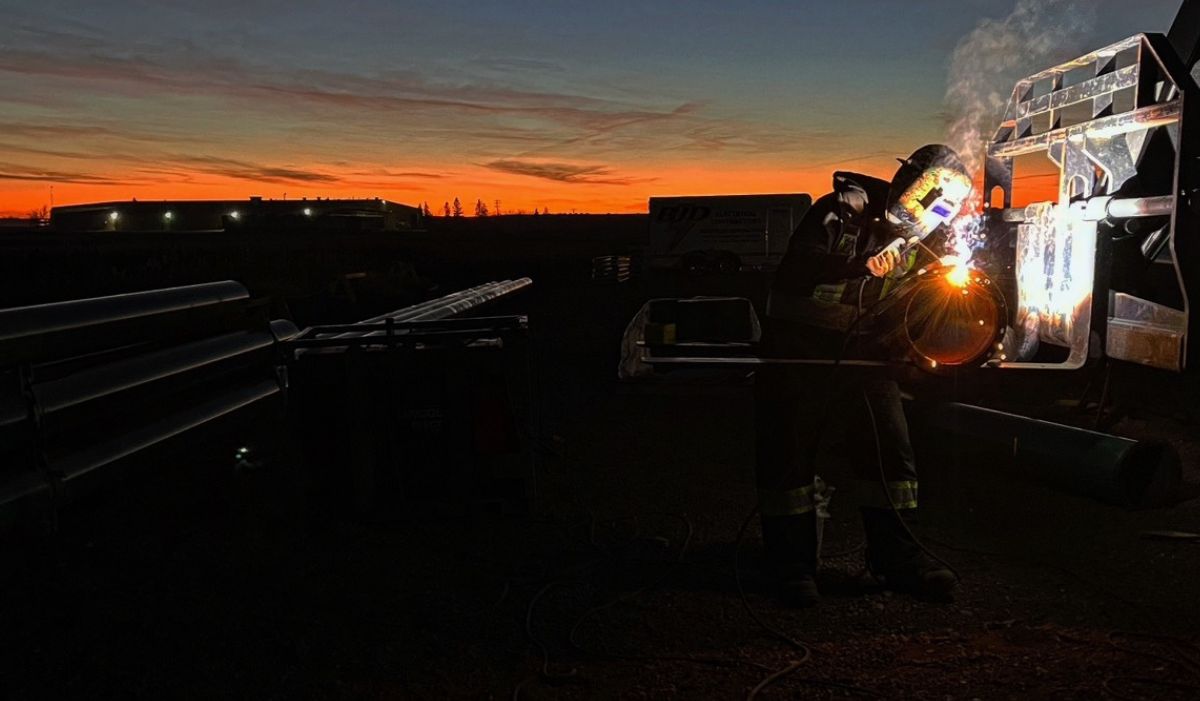How Does Structural Steel Installation Impact Project Timelines?
Structural steel installation is a critical phase in building construction. Understanding how it affects project timelines is key to maintaining efficiency and meeting deadlines. In this blog, we’ll explore the impact of structural steel installation on project schedules and how to manage them effectively.
Understanding the Role of Structural Steel
Structural steel forms the backbone of many construction projects, providing strength and durability. Recognizing its importance helps set realistic project timelines.
Structural steel is celebrated for its remarkable strength-to-weight ratio, making it a preferred choice in diverse building projects—from skyscrapers to bridges. Its ability to maintain structural integrity while allowing architectural flexibility is unparalleled. This versatility means that steel structures can withstand significant loads, making it indispensable in construction. The importance of structural steel in meeting project demands cannot be overstated. It enables architects and engineers to explore creative designs without compromising on safety or functionality.
The use of structural steel in construction contributes to quicker project completions due to its prefabricated nature. Steel components are often manufactured off-site, which reduces on-site construction time. Once they arrive at the building site, they are ready to be installed with precision, thanks to pre-engineered designs. This advantage allows for a streamlined construction process, where sections of the structure can be erected simultaneously, speeding up completion times. This streamlined approach to construction is further enhanced by the integration of Steel Frame Systems (SFS), which revolutionize project timelines by expediting various construction phases.
Factors Affecting Installation Timelines
Various factors such as weather conditions, supply chain delays, and design complexities can impact installation schedules. Being aware of these can help in planning accordingly.
Weather is one of the most unpredictable variables in construction timelines. Rain, snow, and high winds can halt or severely delay steel erection. Extreme temperatures can also affect the curing of concrete, which often accompanies steel installation. Therefore, having contingency plans in place for adverse weather conditions is crucial to keeping the project on track.
Supply chain issues pose another significant challenge. Delays in steel delivery can lead to standby time for construction crews, wasting both time and money. This is why working with reliable suppliers and maintaining communication is essential. Furthermore, pre-ordering steel and ensuring it meets the quality standards before it arrives on-site can preempt potential delays. Site preparation, including adequate completion of foundational work, is critical too, as any discrepancies can lead to project hold-ups.
Design complexities, whether in the steel structure or the architectural elements it supports, can lead to prolonged installation times. Intricate designs require precise cutting and assembly, necessitating specialized skills and tools. Thus, understanding the design realities during the planning phase helps manage expectations and schedule benchmarks. These insights lend to more realistic oversight of project developments and facilitate better management of resources and timelines.
Planning for Efficient Installation
Effective planning involves scheduling, resource allocation, and risk assessment. This ensures that steel installation is streamlined, minimizing delays.
Before the first beam is set, thorough planning must be set in motion. This entails developing a comprehensive schedule that accounts for each phase of the steel installation process. Such detailed timelines take into consideration prefabrication, transportation, erection, and finishing work—each of which requires its own subset of planning to ensure seamless transitions. Resource allocation, such as determining the workforce needed for each stage, aligns with these timeliness and helps keep the project on track.
A well-structured risk assessment is equally integral to efficient installation. This involves identifying potential obstacles such as equipment malfunctions, labor shortages, and onsite hazards. By anticipating these issues, project managers can devise effective contingency strategies, like backup teams or alternative suppliers, to mitigate losses. Consideration of logistical elements, particularly in urban areas where transporting oversized steel parts poses unique challenges, is also beneficial. By addressing these factors proactively, project managers can reduce downtime and keep the construction schedule on track.
Using advanced project management software and technologies like Building Information Modeling (BIM) can remarkably enhance planning accuracy. BIM integrates digital representations of the physical and functional characteristics of the structure, enabling various stakeholders, from architects to builders, to coordinate more effectively. This ensures that everyone is on the same page, reducing the chances of costly redesigns or clashes during the installation phase.
Monitoring and Adapting to Changes
Regular progress monitoring allows for timely modifications to plans as needed, ensuring that setbacks are managed effectively.
Monitoring the progress of structural steel installation in real time provides the flexibility to adapt to unforeseen circumstances swiftly. By implementing periodic reviews and daily site inspections, project managers can identify any deviations from the scheduled plan and address them promptly. This proactive approach minimizes disruptions by allowing for timely reallocation of resources or amendments in strategy, keeping the project on its critical path.
The ability to adapt to changes often distinguishes successful construction teams. Flexibility is crucial when unexpected issues arise, such as an unforeseen design conflict or an unexpected delivery delay. Quick decision-making, backed by comprehensive data from various stages of the project, can significantly reduce downtime. Fostering open lines of communication between stakeholders ensures everyone is informed of changes instantly, contributing to a well-coordinated response. Adapting doesn’t always mean major overhauls—it could involve subtle yet effective shifts in resource allocation or minor adjustments in the sequencing of tasks.
To further aid this adaptability, the use of modern tools like drones and smart sensors can furnish project managers with real-time updates on the status of steel installations. Such tools help in closely tracking the project’s progression and can highlight potential risk areas before they impact timelines. Embracing these technologies aligns with the commitment to apply innovative solutions to traditional construction challenges, ensuring that even the most complex installations adhere to their intended schedule.
Collaborating with Skilled Professionals
Working with experienced steel installers and engineers is crucial for ensuring quality and adherence to deadlines. Their expertise helps in navigating challenges efficiently.
The value of seasoned professionals in structural steel installation cannot be overstated. Their accumulated knowledge from numerous projects equips them to anticipate potential challenges that could derail project timelines. These experts bring invaluable insights into best practices, from the alignment of beams to the intricacies of welding, ensuring that every component of the project meets precise specifications.
Additionally, skilled professionals facilitate smoother collaborations amongst the various trades involved in a project. An experienced steel installation team understands the dynamic interplay between frameworks, electrical work, plumbing, and finishes. Thus, they can sequence their tasks adeptly to allow other trades to work unimpeded, optimizing overall efficiency. This cooperative synergy is vital for maintaining a cohesive project flow and is an ingredient for success in large-scale ventures.
Partnering with industry experts also opens up access to a network of reliable subcontractors and material suppliers. These established relationships can expedite processes such as on-time deliveries of precision-cut steel parts, adherence to high-quality standards, and even custom modification requirements. Trust in such partnerships enables builders to focus on strategic oversight while allowing skilled professionals to handle specific intricacies of the steel installation. Whether it involves detailed tasks like Different Types of Weldings Used at Construction Sites or more general structural fixes, their expertise is an invaluable asset.
Wrapping Up: Keeping Your Project on Track with Structural Steel
In conclusion, structural steel installation plays a pivotal role in determining project timelines. By thoroughly planning, monitoring progress, and adapting to challenges, projects can stay on track. Understanding these factors helps ensure that the project is completed on time and within budget.



